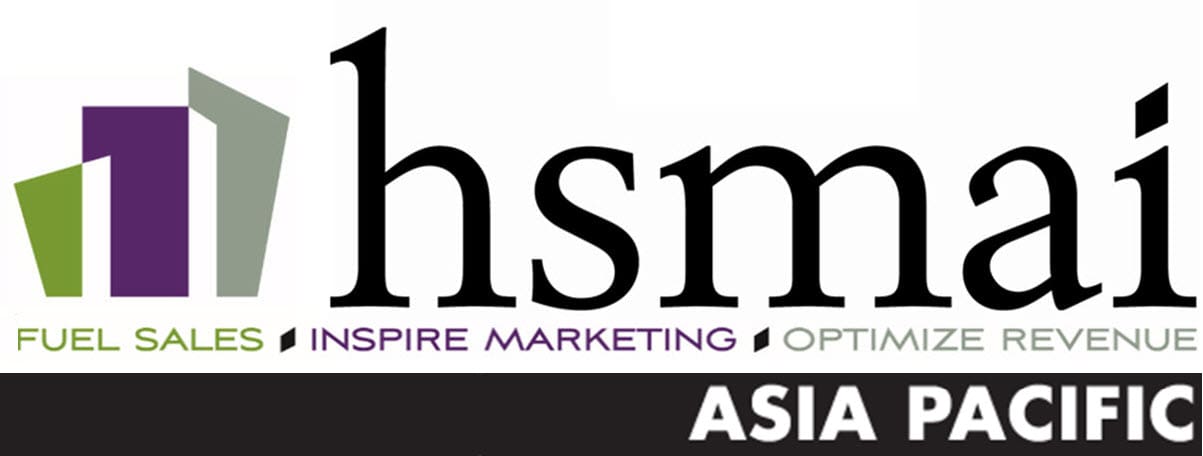HOTEL RECOVERY INDICATORS AND THE NEED FOR SCENARIO-BASED STRATEGIES
10th September, 2020
As the industry adjusts to uncertain and evolving market conditions, hotels should develop and adjust agile, scenario-based recovery plans. These recovery plans should include four key areas of focus: 
CAPTURE AVAILABLE DEMAND
Market demand will be compressed for a long period of time. Hotels should analyse the type of demand still available in their local market and seek to understand what guests need. For some hotels, it could be returning residents under quarantine orders. For others, it could be staycation couples or family trips in the city. No matter what type of demand it is, hotels should create relevant offers and services to meet the customer’s needs. To gain a better understanding of demand and what types of guests are travelling, hotels should also leverage market and rate-shopping reports to monitor market movements, as well as their own hotel’s pick-up data.
ADJUST PRICING STRATEGIES
Today, travellers increasingly desire authentic experiences. As a result, hotels should create personalised promotions and packages to provide guests a tailored and memorable hotel stay. A hotel’s pricing strategy could remain neutral, until a clear day of week pattern shows—but revenue managers should have visibility into hotel demand and rates over the next 12 months at least.
REVIEW FORECASTS & BUDGETS
Forecasting with any degree of certainty is problematic while COVID-19 is present in the region. However, revenue management professionals should build out a range of forecasts based on all credible external and internal market intelligence that can be gathered, such as government announcements, travel policies and market reports. Revenue managers should build their forecasts based on several scenarios (optimistic, most likely, and pessimistic) and review the actual demand versus forecasted results regularly to adjust long term pricing strategies. Remember, hotel operational teams also rely on these forecasts to schedule staffing, which is critical in managing costs.
ANALYSE THE COMPETITIVE LANDSCAPE
As a hotel’s market segment and guest profile changes, its competitor set may change or expand accordingly. For example, for an upscale hotel focused on the leisure market and weekend staycations, your competitive field might be expanded to include new upmarket-business-focused hotels that have switched focus given the suppressed demand for business travel. In this case, hotels should monitor the top picks of staycation hotels in town amongst local guests and understand what they are offering to the guests. Meanwhile, the hotel should also review its cancellation and rebooking policies to offer greater flexibility and promote its own unique selling points and value propositions to local staycation guests.
SUMMARY
Hotels need to take an agile approach to the changing market conditions yet continue to steadfastly plan for the long term. The overall outlook for the industry is and will remain positive. It will be those hotels that adapt and reposition based on short-term demand fluctuations but prepare for the future, that will ultimately prosper.
Author: Tracy Dong, Lead Advisor, IDeaS Revenue Solutions & Certified Trainer at HSMAI Academy.
Read the full article at the Source: https://insights.ehotelier.com/insights/2020/09/08/hotel-recovery-indicators-and-the-need-for-scenario-based-strategies/

